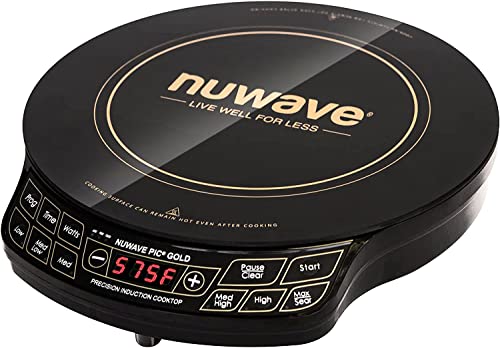Say Spiff, looking at it from the other way around. If I had something like a frig or whatever, and wished to shock mount the entire unit by putting it on some foam or other cushioning material resting on the van floor, what would you recommend using, and how thick?
Personally, I don't think memory foam would be worth poo, as it compresses into a hard rock surface from my experience. So I am thinking of something along the lines of sleeping pad foam, 2 or 3 layers thick.
https://www.walmart.com/ip/Ozark-Trail-Closed-Cell-Foam-Blue-Camp-Sleeping-Pad/634956813
So let's say I have a typical unit 36" long by 12" wide, and weighing approx 20 pounds. Got an idea?
Personally, I don't think memory foam would be worth poo, as it compresses into a hard rock surface from my experience. So I am thinking of something along the lines of sleeping pad foam, 2 or 3 layers thick.
https://www.walmart.com/ip/Ozark-Trail-Closed-Cell-Foam-Blue-Camp-Sleeping-Pad/634956813
So let's say I have a typical unit 36" long by 12" wide, and weighing approx 20 pounds. Got an idea?










































































